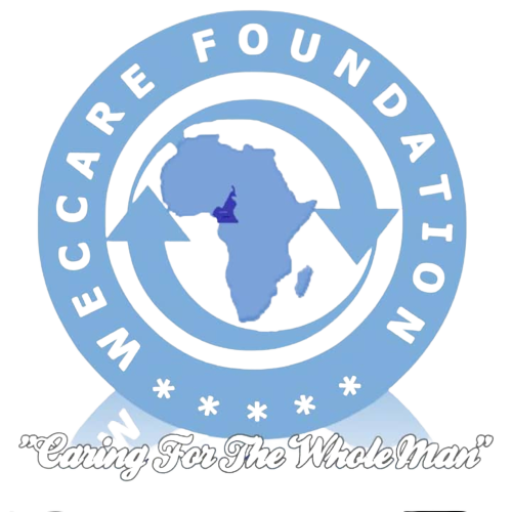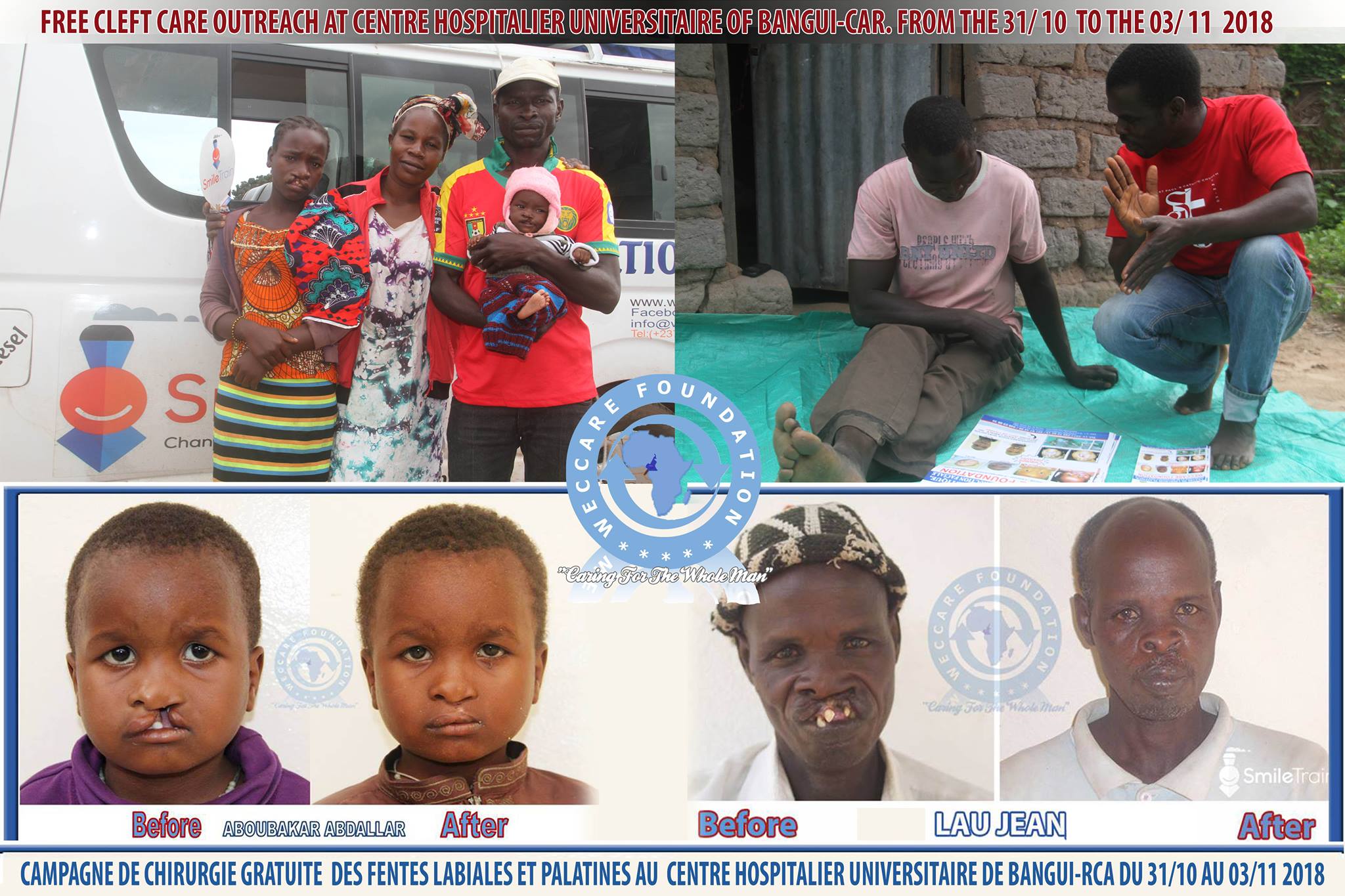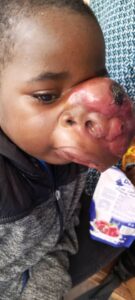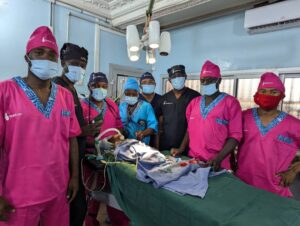
Introduction
Cleft lip/palate is the 2nd most common birth defect after club feet. According to some experts, it partly depends on ethnicity:
- Among Asians 1/500
- White breed 1/700
- African 1/1200
The severity of clefts
Labial: consisting of a lack of fusion of the embryonic tissue of the face and resulting in loss of the upper lip
Palatine: which is an absence of the oral vault at the level of the palate leading to communication between the nose and the mouth.
This malformation can be partial or complete, unilateral or bilateral and complete including the lip and the palate (labial-palatal).The causes can be various:
The severity of clefts
- Genetic predisposition
- Environmental problems
- Consumption of drugs, alcohol, tobacco
- Infection or lack of folic acid
- Congenital diseases
Problems Associated With Clefts
Nutritional problems such as; suction, slow feeding, rapid tiredness during feeding, swallowing, choking, and much more
They commonly have issues with the breastfeeding position which could either be: upright, horse, or football (ruby) position
Some common issues that exist include: speech, hearing, dentition, facial growth, aesthetics, and emotional development, just to name a few
PRE-OP NURSING CARE
The nursing staff must check the general health of the child by observing him and documenting his observations which will serve as references. This information will allow you to know what is normal, to indicate the presence of infection or any health problem.
Ensure that all prescribed pre-op exams are completed and documented in the patient’s record.
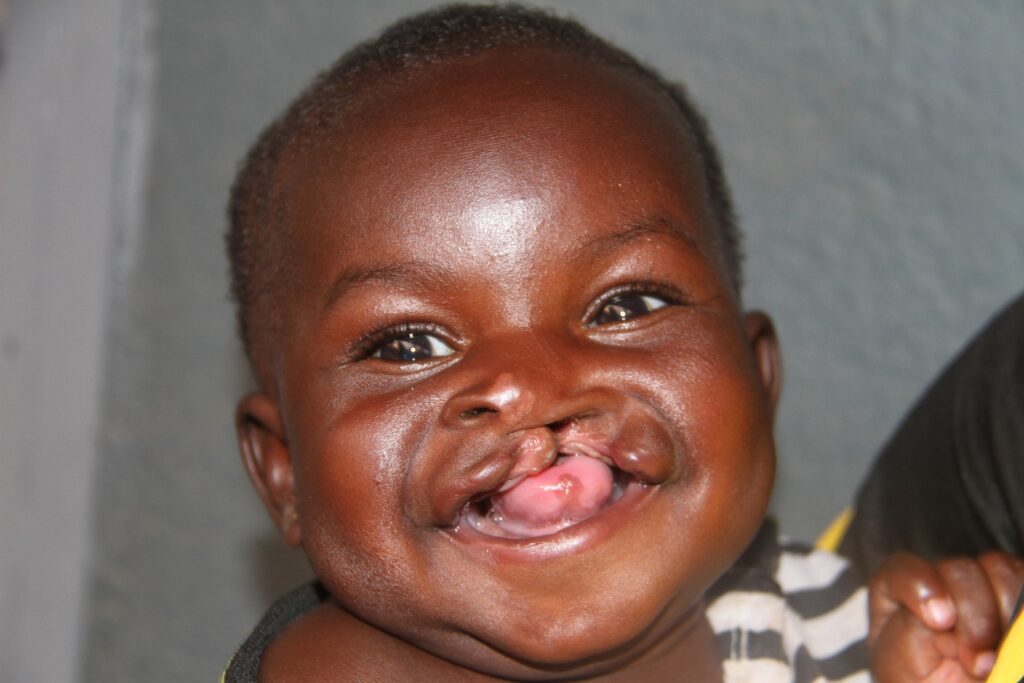
POST-OP NURSING CARE
– Monitoring vital signs such as: respiratory rate, cardiac frequency, hair recoloring time, oxygen saturation (SPO2), Temperature, and so on
Nursing assessment
Preparing the unit for the child’s return (hospitalization ward)
Preparing for release : It’s about :
- Teaching feeding techniques
- Provide and reinforce ways to reduce wound trauma
- Teach how to take medications upon discharge from hospital
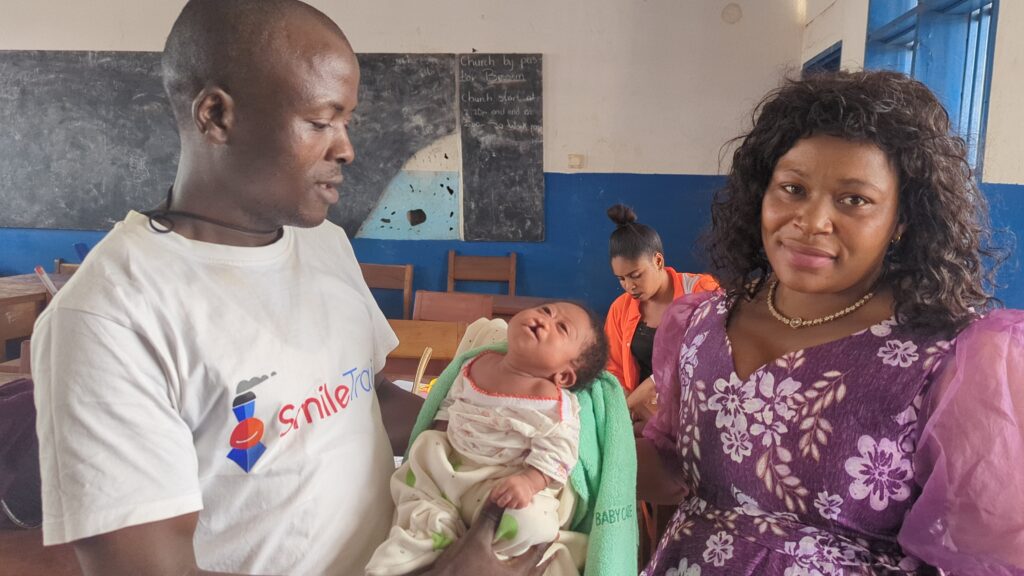
POST-OP COMPLICATIONS
1- Packing forgotten as a sign
Symptoms: choking, obstructed breathing, respiratory distress, low SPO2, tachycardia or bradycardia, hypoxia, tachypnoea.
2- Ryngospasm
It is characterised by respiratory stridor or complete obstruction, increased respiratory effort, low saturation, tachycardia, bradycardia. All this can cause: secretion, asthma, haemorrhage, premature extubation.
c- Residual sedation
The patient is unresponsive to pain, P or U reactivity, low respiratory rate, low SPO2. They may be caused by anaesthetic drugs or insufficient recovery time
Other complications may include: Fever, Nausea/vomiting, Suction, Bleeding
